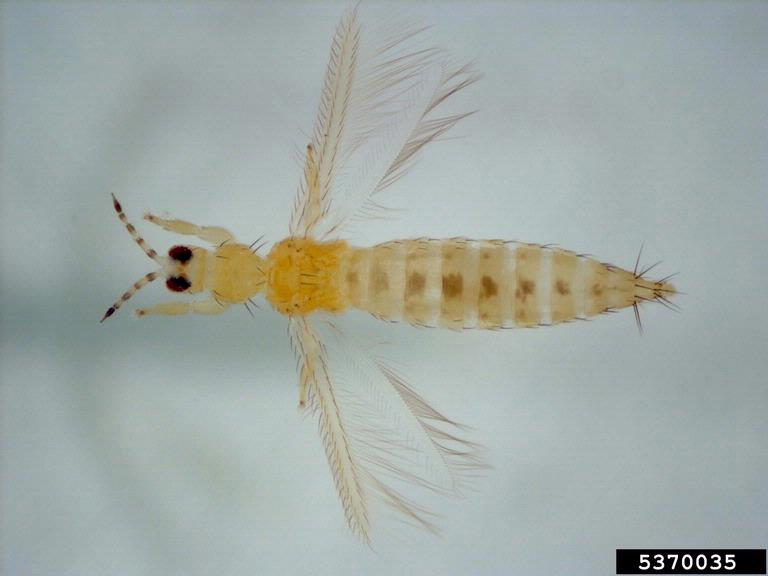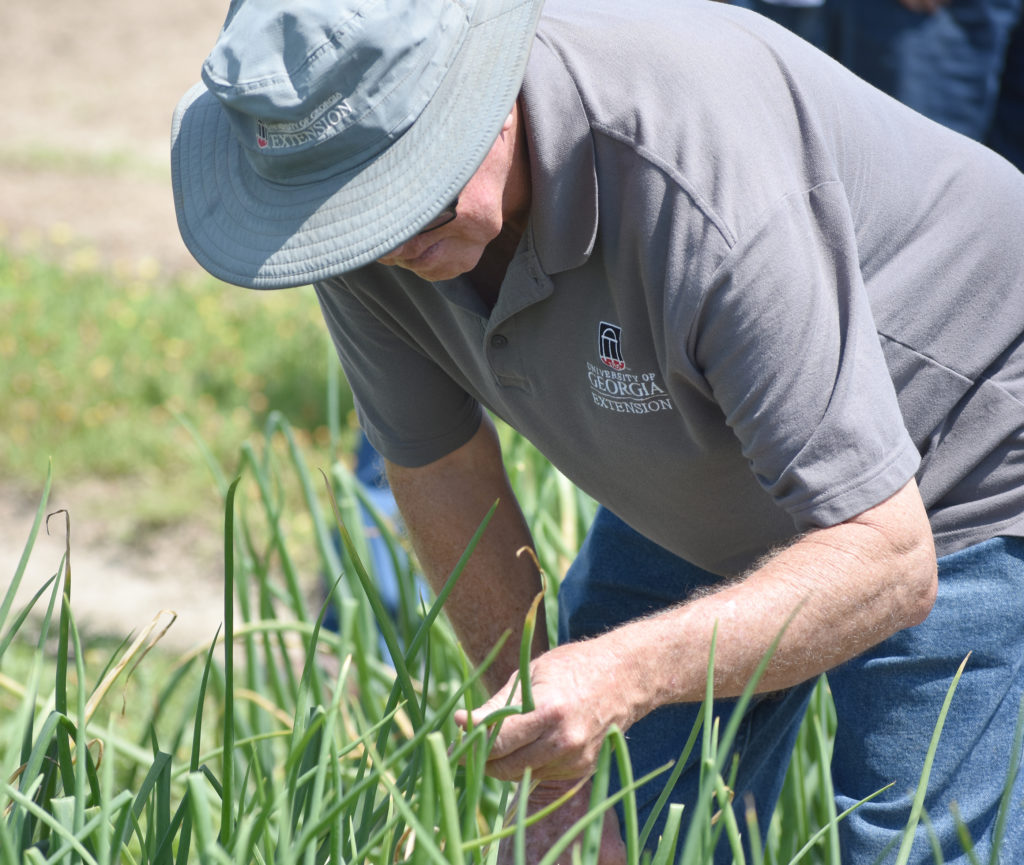By Clint Thompson
Thrips populations have spiked in recent weeks. Vidalia onion producers should be wary of these insects and their impact on a crop that is currently being harvested in Southeast Georgia.

Stormy Sparks, University of Georgia (UGA) Cooperative Extension vegetable entomologist, highlighted what he has observed in vegetable fields recently with regards to thrips infestations.
“In general, over the last couple of weeks, they’ve exploded. A lot of that has to do with wheat and crops like that, that are drying down. A lot of these flower thrips, the ones that are primarily out here right now, like grass crops more. They’ll feed on these other crops, but they’ll build up on grass crops. When we start drying them down and cutting them down, those thrips are going to go somewhere,” Sparks said.
Growers only need to spray for thrips if populations are high enough to warrant attention. Once Vidalia onion producers begin seeing populations that number between 10 and 25 per plant, they need to take action. However, growers should be mindful that even the best insecticides available can only produce 70% to 80% control of thrips.

“It takes a lot of thrips to hurt the size on onions. Particularly this late in the season, they’re probably not going to hurt too much. But you’ve also got to worry about there is some potential for them to move around center rot (disease),” Sparks said. “It’s not vectoring like a virus is vectored, but they possibly increase center rot problems. You want to control your thrips late in onions just because of that.”
Foliar symptoms of center rot include water-soaked lesions that expand and span the length of the leaf blade. The leaf becomes bleached and blighted. There is severe wilting and blighting of the foliage once the disease intensifies. This can lead to the death of the plant tissue above ground.
Bacteria can move from the foliar tissue into the bulb, causing decay. UGA Extension emphasizes the importance of protecting onion leaves, which can reduce bulb rot incidence.
Center rot can also be problematic for onions that are stored following harvest.
“It goes into storage and can take out a significant amount of the crop in some years,” Sparks said.









